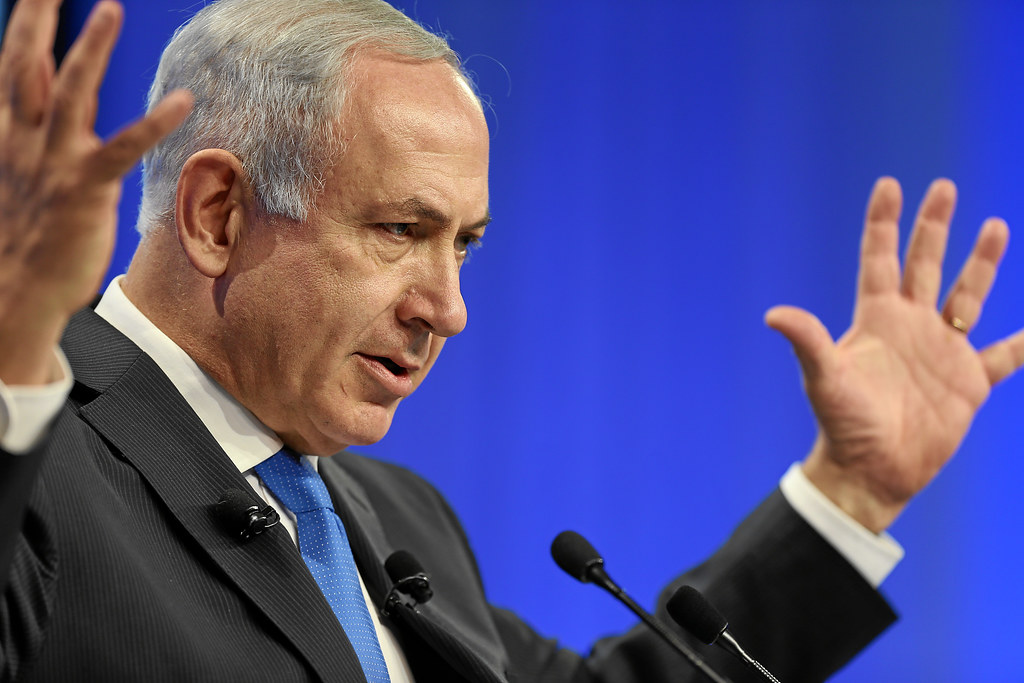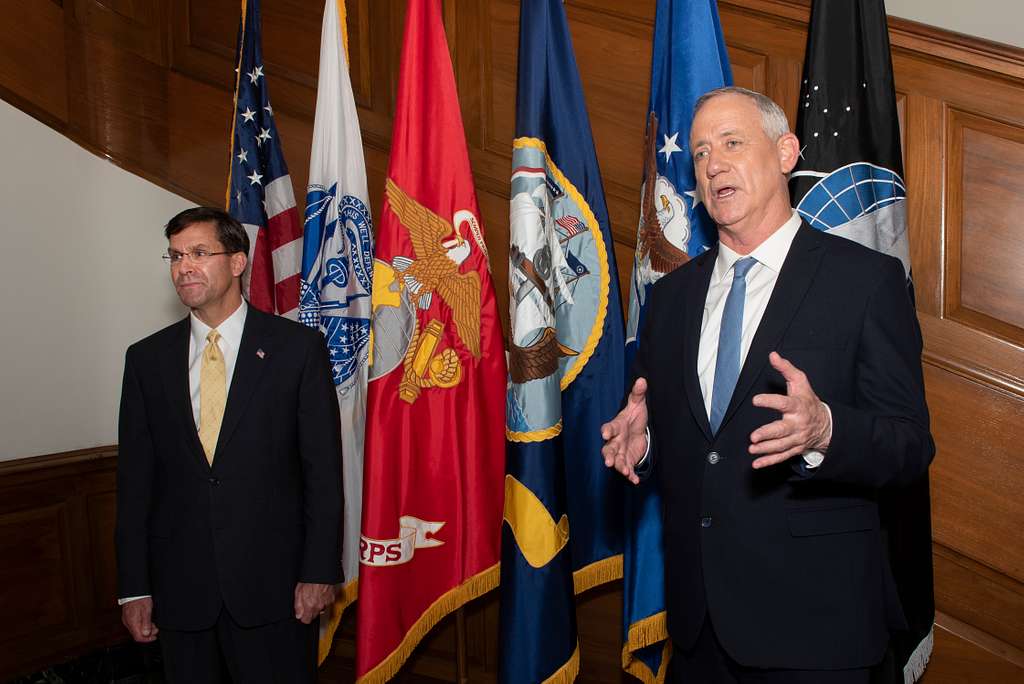The first 100 days of Donald Trump’s second presidency have proven universally horrible— unless you’re the world’s cringiest billionaire. While Elon Musk and his rabid pack of lost boys at the so-called Department of Government Efficiency have been busy making the country worse for everyone, the first 100 days have given him stratospheric returns on the roughly $260 million he spent to buy a president.
Starlink Broadband: Some chunk of $42 billion
The former Biden administration dedicated $42 billion in Broadband Equity Access and Deployment grants to bring high-speed internet to rural, underserved areas. This is a yearslong project, and it’s been centered around fiber-optic internet, which is cheaper in the long run and faster than Musk’s satellite internet service, Starlink. Also, like all Musk companies, Starlink overpromises and underdelivers, which is partly why the company didn’t receive a $885 million grant from the Rural Digital Opportunity Fund in 2023, when the Federal Communications Commission determined that Starlink “failed to demonstrate that it could deliver the promised service.”
Of course, simply having a worse, more expensive product should be no bar to Musk making money, so the government is now rewriting the BEAD rules to eliminate the “extreme tech bias in favor of fiber,” as Trump’s pick to oversee BEAD put it. It’s unclear how much of that $42 billion Starlink could see, but the company already receives billions from BEAD. And when it comes to money, too much is never enough.
Starlink for the FAA: $2.4 billion
Not content to force Starlink on rural areas alone, Musk appears to be on the verge of forcing Starlink on the Federal Aviation Administration, again with your tax dollars. The government had awarded $2.4 billion to Verizon to upgrade a communications platform, but now it looks like that may be diverted to Starlink instead. Do not ask how the government can shuffle billions from one company to another like this. It can’t, but it seems like it’s going to.
Golden Dome: Unknown billions
Apparently, we are building a missile defense shield, Golden Dome, because somehow we’re stuck in the 1980s and have to keep trying to invent former President Ronald Reagan’s Strategic Defense Initiative, aka Star Wars. The fact that the technology basically still doesn’t exist and, if it could be willed into being, would run anywhere from hundreds of billions of dollars to $2.5 trillion.
Unsurprisingly, SpaceX is in the running for this, and Musk has put together a true nightmare team of companies owned by conservative weirdos, joining with Peter Thiel’s Palantir and Palmer Luckey’s Anduril to jockey for this new enormous pile of defense-contractor money. SpaceX’s proposal is that it would own the technology and lease it back to the government via subscription. Yes, just like a vastly more expensive Adobe Photoshop subscription.
NASA telescope launch services: $100 million
This one’s a little treat, sort of an appetizerso small as to almost not be worth mentioning. NASA has given SpaceX $100 million to provide launch services for a giant telescope that will observe near-Earth objects. To be fair, this is more in SpaceX’s wheelhouse—and yet, with Musk in the government, it’s still a conflict of interest.
Launch provider for the military: Almost $6 billion
No, this isn’t a double entry. This is a different launch provider contract, and now SpaceX will be the top launch provider to the U.S. military, getting close to $6 billion of your money to do it. The issue isn’t whether SpaceX is an appropriate choice for this. As with the NASA services, SpaceX has a successful record providing this sort of thing. But also, as with the NASA services, it’s an incredible conflict of interest that no one is supposed to mention.

Eliminating pesky investigations: $2.37 billion
Sometimes it’s not just the money you make. There’s also the expenses you avoid. Sen. Richard Blumenthal, Democrat of Connecticut, put together a memorandum trying to estimate just how much money Musk will save from government inquiries into his companies simply disappearing.
Blumenthal found that Musk and his companies face “at least 65 actual or potential actions by 11 different federal agencies.” Blumenthal’s estimate was based on only 40 of those, as his staff wasn’t able to provide estimates for the other 25. So $2.37 billion is probably on the low end. Musk’s influence over the Trump administration’s regulatory efforts—or lack thereof—likely means that investigations into Tesla’s shoddy self-driving technology, for example, will be memory-holed shortly, never to trouble Musk’s pocketbook again.
Free Tesla advertising: Probably not as valuable as Musk hoped
Faced with plummeting Tesla stock prices, Musk didn’t have to do anything that normie CEOs would have to do, like cut costs, reduce inventory, or rethink marketing. No, he just got the president to do a tacky commercial in front of the White House, which even included Trump pretending to buy a Tesla. These efforts do not appear to have moved the needle, since Tesla continues to flounder. Who knew that trashing the government and being part of building an autocratic state wouldn’t result in more car sales?
Government data: Priceless
All of these billions pale in comparison to what allowing DOGE to infiltrate government data systems does: It gives Musk access to data that very few others have. So it’s not just that DOGE is helping combine government databases to turn the whole of the country into a surveillance state that tortures immigrants. A National Labor Relations Board whistleblower told Congress that after DOGE got access to sensitive labor data, that data appears to have, well, been sent outside the agency. There are also reports that DOGE tried to turn off all monitoring tools and delete any records of accessing the system.
Before government data privacy collapsed under the DOGE onslaught, it would have been impossible to think that a private actor could get their mitts on Americans’ most important, most personal data. Now it seems impossible to think Musk doesn’t already have it.
Campaign Action















